Nanotyrannus Debunked: Tiny Tyrannosaur Emerges as Unique Species
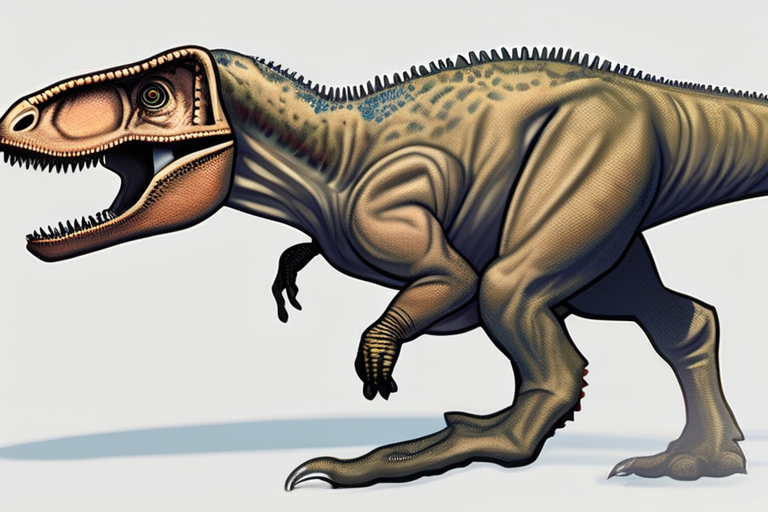
Multi-Source Journalism
This article synthesizes reporting from multiple credible news sources to provide comprehensive, balanced coverage.

Multi-Source Journalism
This article synthesizes reporting from multiple credible news sources to provide comprehensive, balanced coverage.
Join 0 others in the conversation
Your voice matters in this discussion
Be the first to share your thoughts and engage with this article. Your perspective matters!
Discover more articles

A 150-million-year-old pterosaur mystery has been solved by paleontologist Rab Smyth, who discovered the remains of two young Pterodactylus antiquus fossils in Germany's Solnhofen Limestones. The analysis revealed that the pterosaurs died from being

A long-standing debate in paleontology has finally been settled, with a new study confirming that Nanotyrannus is a distinct species of dinosaur. The research, published in the journal Nature, reveals that Nanotyrannus contains two separate species,

A 125-year-old Welsh fossil mystery has been solved with the discovery that a long-lost jawbone is actually from a new species of predatory dinosaur, dubbed Newtonsaurus. Using cutting-edge digital scanning techniques, researchers at the University o
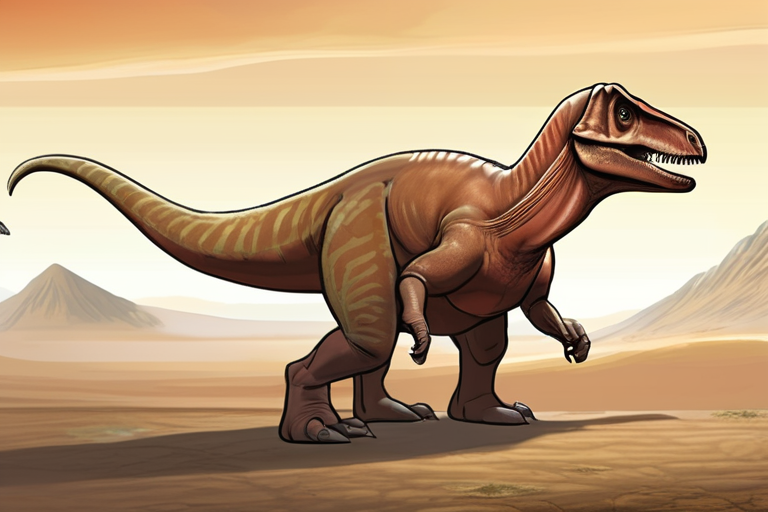
A newly discovered dinosaur species from Mongolia, Zavacephale rinpoche, has been found to be the oldest known pachycephalosaur, dating back 108 million years to the early Cretaceous period. Characterized by its distinctive dome-shaped skull and robu
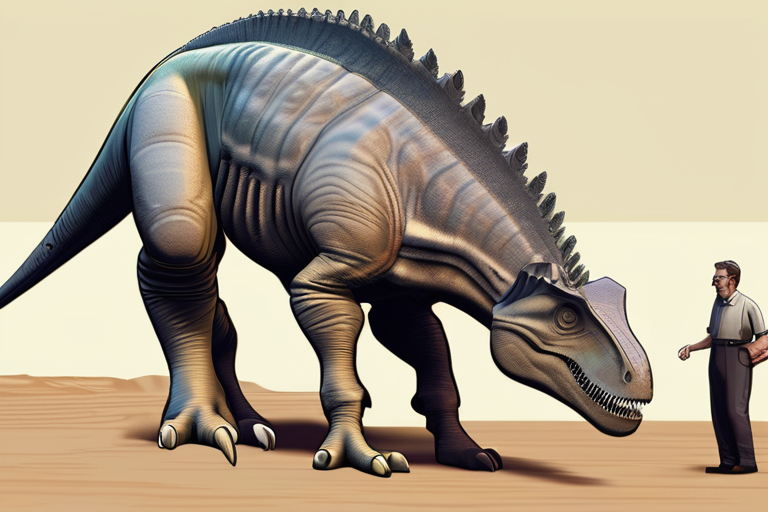
In a thrilling tale of scientific sleuthing, a great-grandmother's Wyoming ranching past helped paleontologist Paul Sereno track down a 1908 dinosaur mummy discovery, shedding new light on the ancient Edmontosaurus annectens. By painstakingly studyin
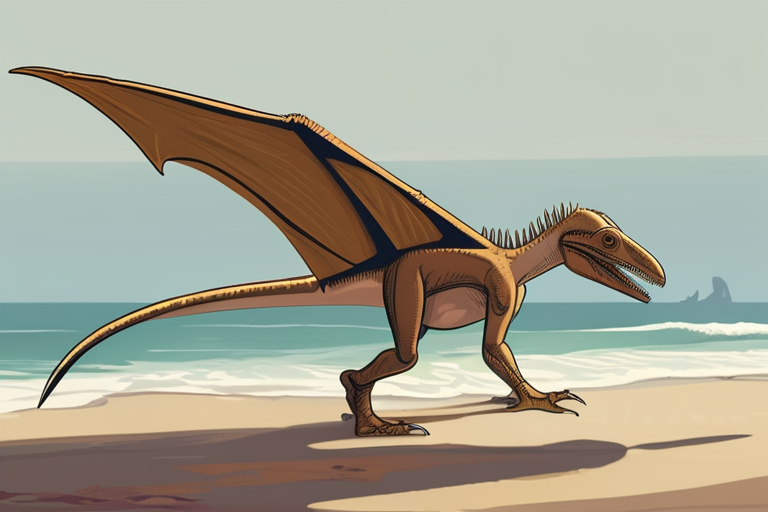
A 150-million-year-old mystery surrounding the deaths of young pterosaurs has been solved by paleontologist Rab Smyth, who discovered two fossilized hatchlings with evidence of storm-induced fractures that led to their drowning. The findings, publish
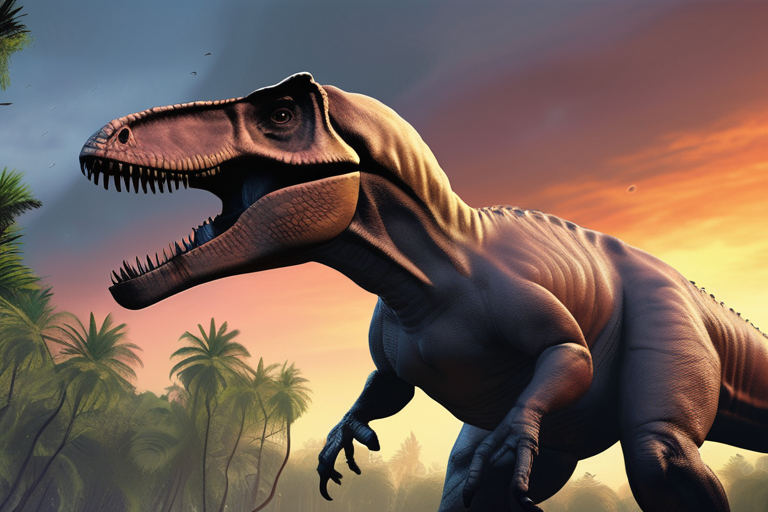
New research suggests that dinosaurs may have continued to thrive just before the massive asteroid impact that led to their extinction, contradicting previous theories that their ecosystems were already on the brink of collapse. Fossils from the Hell
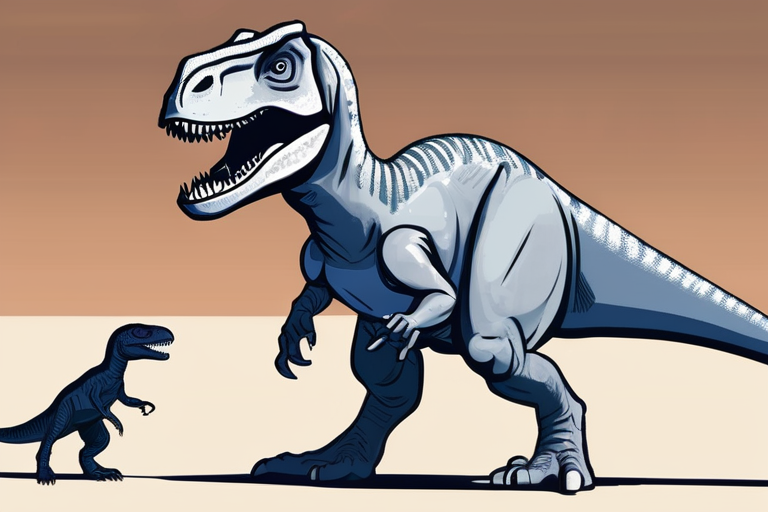
New research published in Nature reveals that the Tyrannosaurus and Nanotyrannus, a previously debated dinosaur species, coexisted at the close of the Cretaceous period. An exceptionally well-preserved fossil discovery from the Hell Creek Formation h
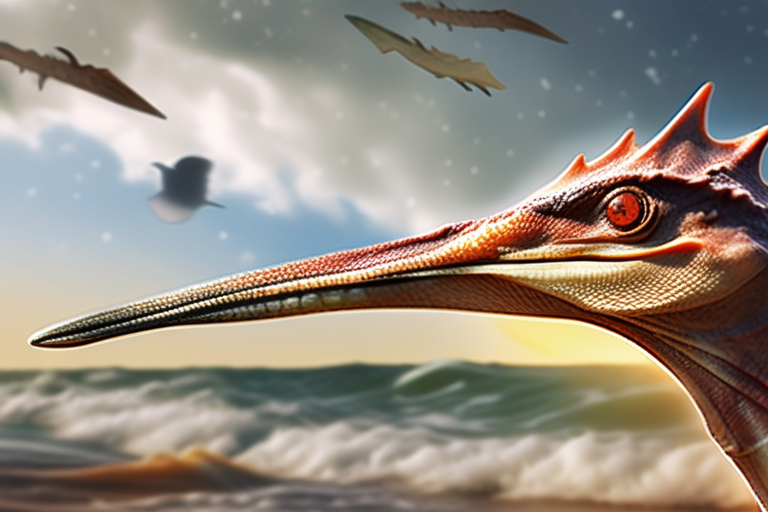
Scientists at the University of Leicester have discovered two 150-million-year-old pterosaur fossils that reveal a surprising cause of death: being tossed through the air by powerful storm gusts. The tiny flying reptiles' broken wings and injuries ar

Recent breakthroughs in ancient protein analysis have shed new light on Paranthropus robustus, a 2-million-year-old human relative, revealing unexpected genetic diversity and challenging the notion of a single species. The discovery, made possible by
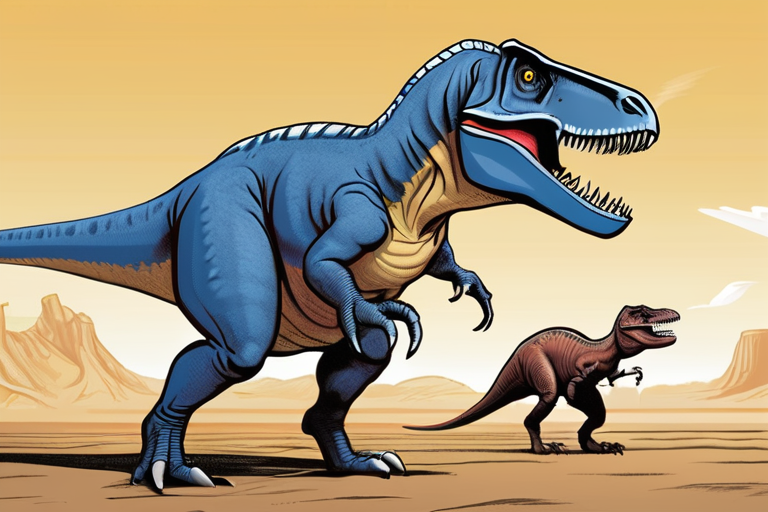
Scientists have made a groundbreaking discovery in paleontology, confirming that the dinosaur species Nanotyrannus and Tyrannosaurus coexisted at the close of the Cretaceous period. The findings, based on a well-preserved fossil, demonstrate that Nan
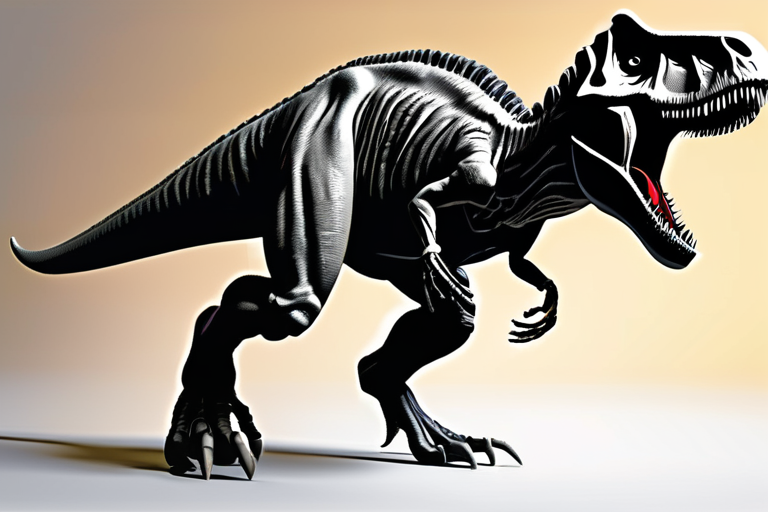
Get ready for a dino-mite revelation: a groundbreaking new discovery is shaking up the world of paleontology, revealing that a previously thought-to-be teenage T. rex fossil is actually a fully grown individual of a different, lesser-known tyrannosau

Scientists have made a groundbreaking discovery in the study of Paranthropus robustus, a 2-million-year-old human relative, by analyzing ancient proteins found in its teeth. This breakthrough has revealed unexpected genetic diversity among the fossil

Researchers have unearthed groundbreaking insights into the evolution of Paranthropus robustus, a 2-million-year-old human relative, by analyzing ancient proteins from its tooth enamel. This discovery reveals unexpected genetic diversity, challenging
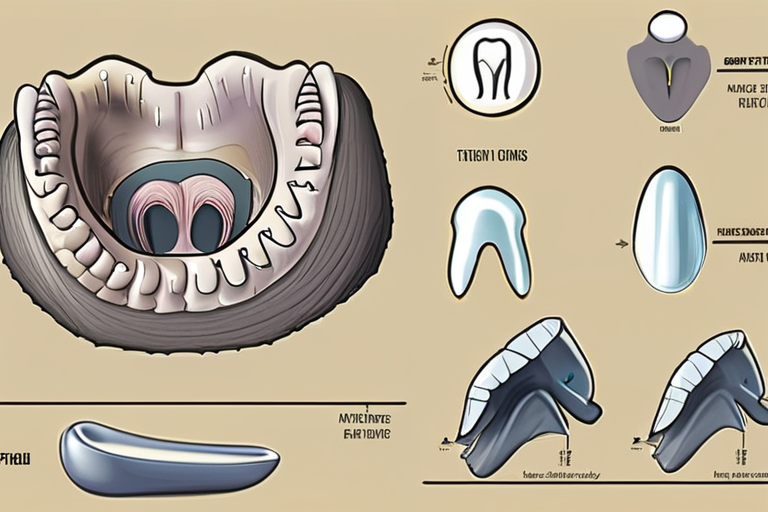
Recent breakthroughs in ancient protein analysis have shed new light on the mysterious Paranthropus robustus, a 2-million-year-old human relative. By extracting proteins from fossilized teeth, researchers have uncovered surprising genetic diversity,
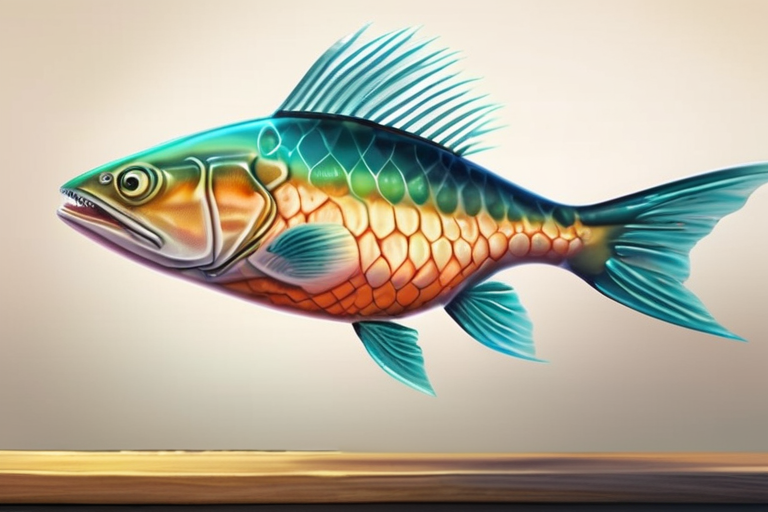
Scientists have made a groundbreaking discovery in the field of vertebrate evolution, finding true teeth growing on the head of the spotted ratfish, a distant shark relative. This unexpected finding challenges long-held assumptions about tooth develo

A groundbreaking fossil discovery in the Argentinian Andes has rewritten the story of how sauropod dinosaurs evolved their iconic long necks. Huayracursor jaguensis, a 2-meter-long Triassic dinosaur, shows early hints of the extended neck that would

Scientists have discovered a previously unknown species of dinosaur, Joaquinraptor casali, with an extinct crocodile's leg trapped in its jaws, suggesting that this massive carnivore may have been one of the top predators of the Cretaceous period. Th

Scientists have discovered a 85-million-year-old Mongolian dinosaur named Khankhuuluu, which is believed to be the closest-known ancestor of the giant Tyrannosaurs, including the iconic T. rex. This transitional species, characterized by its long sno

A newly discovered ancient reptile, Kostensuchus atrox, was a formidable predator that lived 70 million years ago and could have easily preyed upon medium-sized dinosaurs. Its large, serrated teeth suggest it was capable of tearing through muscle and
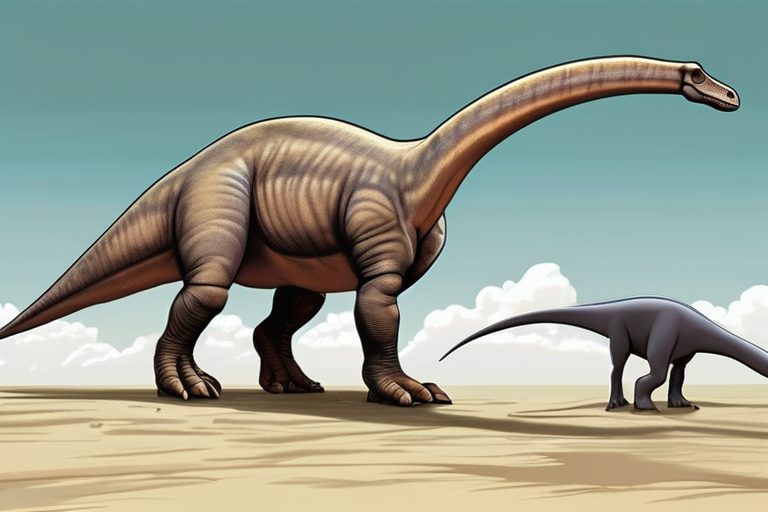
A groundbreaking fossil find in Argentina's Andes mountains has rewritten the story of how sauropod dinosaurs developed their iconic long necks. Huayracursor jaguensis, a 2-meter-long Triassic dinosaur from around 230 million years ago, shows early s
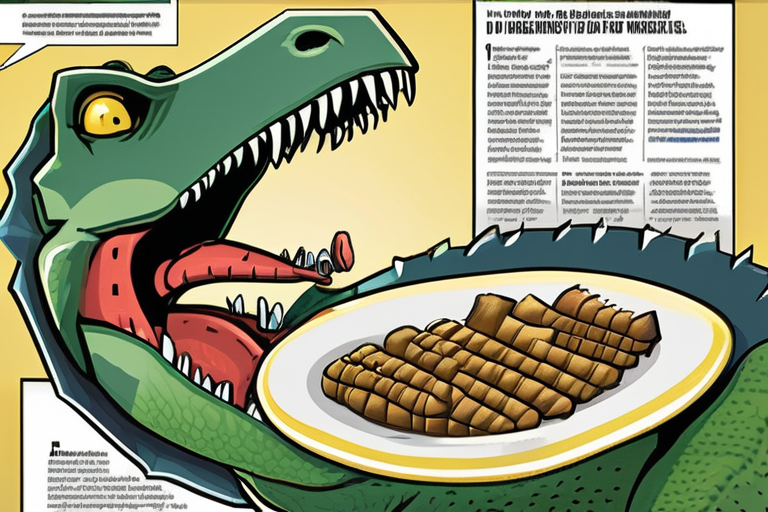
Scientists have discovered a new species of dinosaur, Joaquinraptor casali, in Patagonia, Argentina, with an extinct crocodile's leg trapped in its jaws. This remarkable find suggests that the megaraptor may have been a formidable predator that preye

Scientists have discovered a new species of dinosaur, Joaquinraptor casali, with an extinct crocodile's leg trapped in its jaws, suggesting that the massive carnivore may have been feeding on the reptile when it died. The remarkable fossil find, unea
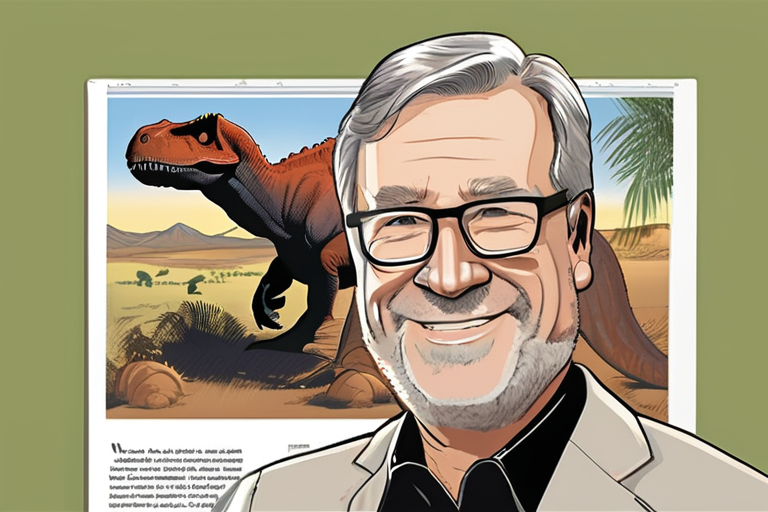
Renowned paleontologist Mark Norell has passed away at 68, leaving behind a legacy that forever changed our understanding of dinosaurs. By proving that birds are direct descendants of these prehistoric creatures, Norell's groundbreaking research reve
Share & Engage Share
Share this article